This Vegan Sourdough Discard Sandwich Bread is soft and fluffy without the need for eggs and dairy. The infusion of sourdough discard enriches the flavor profile of this loaf, adding depth and complexity to every bite. Using commercial yeast makes this a quick and easy recipe that’s ready in less than 2 hours.
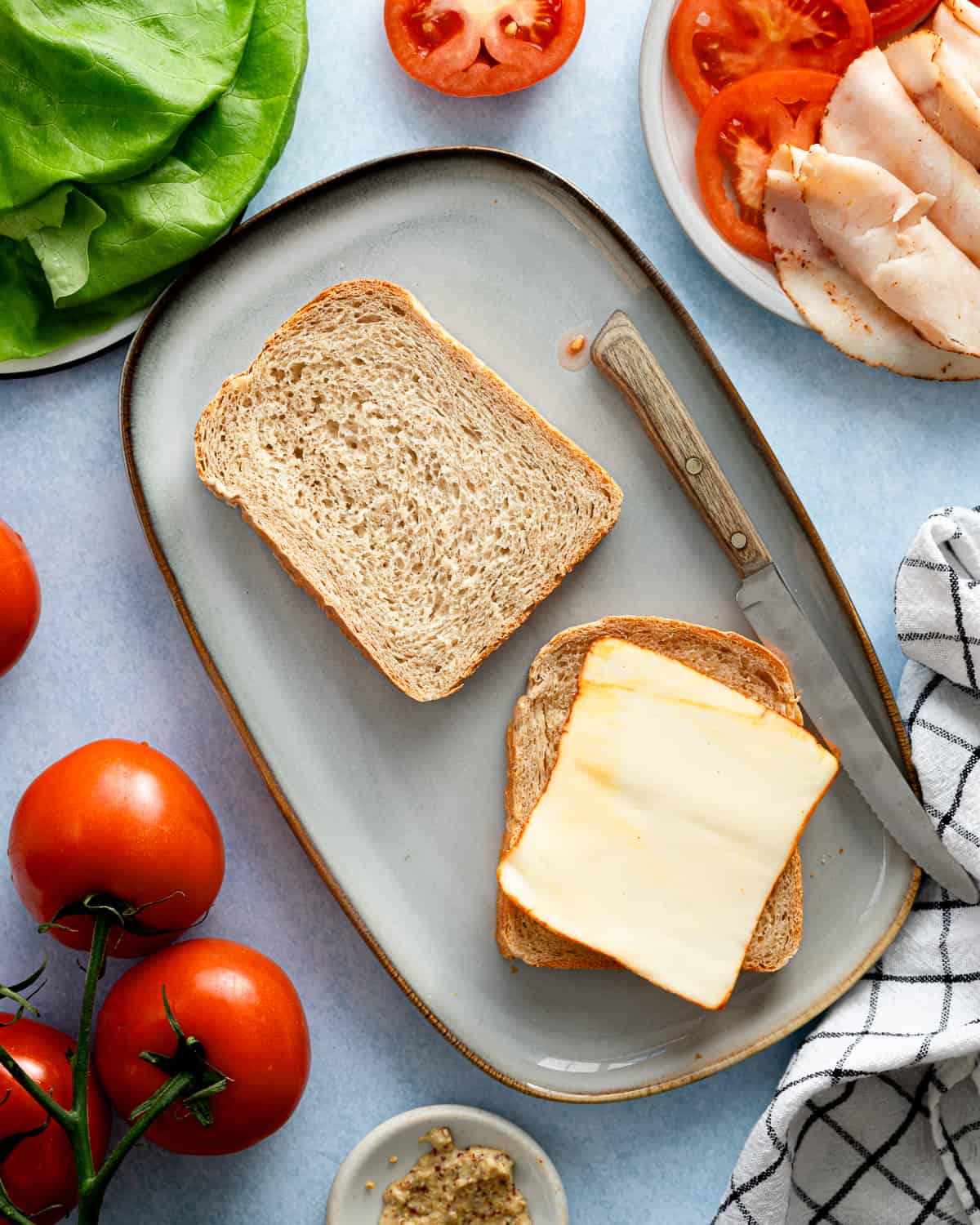
Why I developed this recipe
This bread recipe was inspired by numerous requests for egg and dairy-free alternatives to one of the most popular recipes here on the blog, my Sourdough Discard Sandwich Loaf.
I knew that apples would make a great egg substitute, but I wanted to develop a recipe that would make a fluffy, tender bread without adding butter and milk. When I finally sliced into this loaf, I was thrilled with the result.
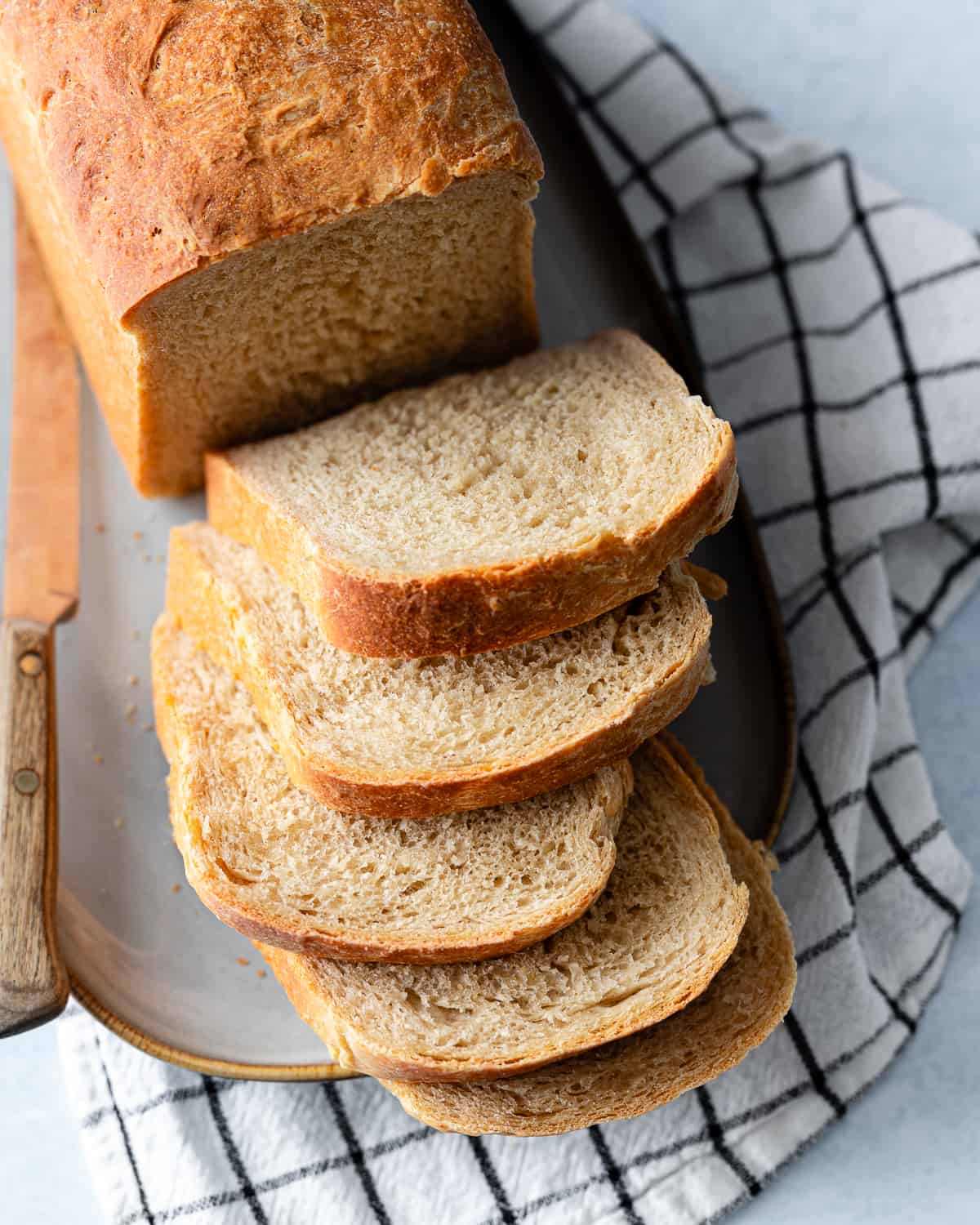
Why I love this recipe
- Great way to use up a lot of sourdough discard - 113 grams (½ cup)!
- Soft, fluffy with a delicious flavor.
- Soft and fluffy without no dairy or eggs!
- Delicious sourdough flavor without the long rise times.
- Mixed by hand, no stand mixer required!
Sourdough Bread vs. Sourdough Discard Bread
Sourdough bread relies on wild yeast from a sourdough starter for leavening, while sourdough discard bread utilizes active-dry or instant yeast for rising with sourdough discard to enhance flavor. This speeds up the fermentation process, making bread baking quicker.
Love quick and easy sourdough recipes that use commercial yeast? Check out my recipes for Sourdough Discard Bread, Sourdough Discard Focaccia and Sourdough Discard Rosemary Olive Oil Bread.
What you need
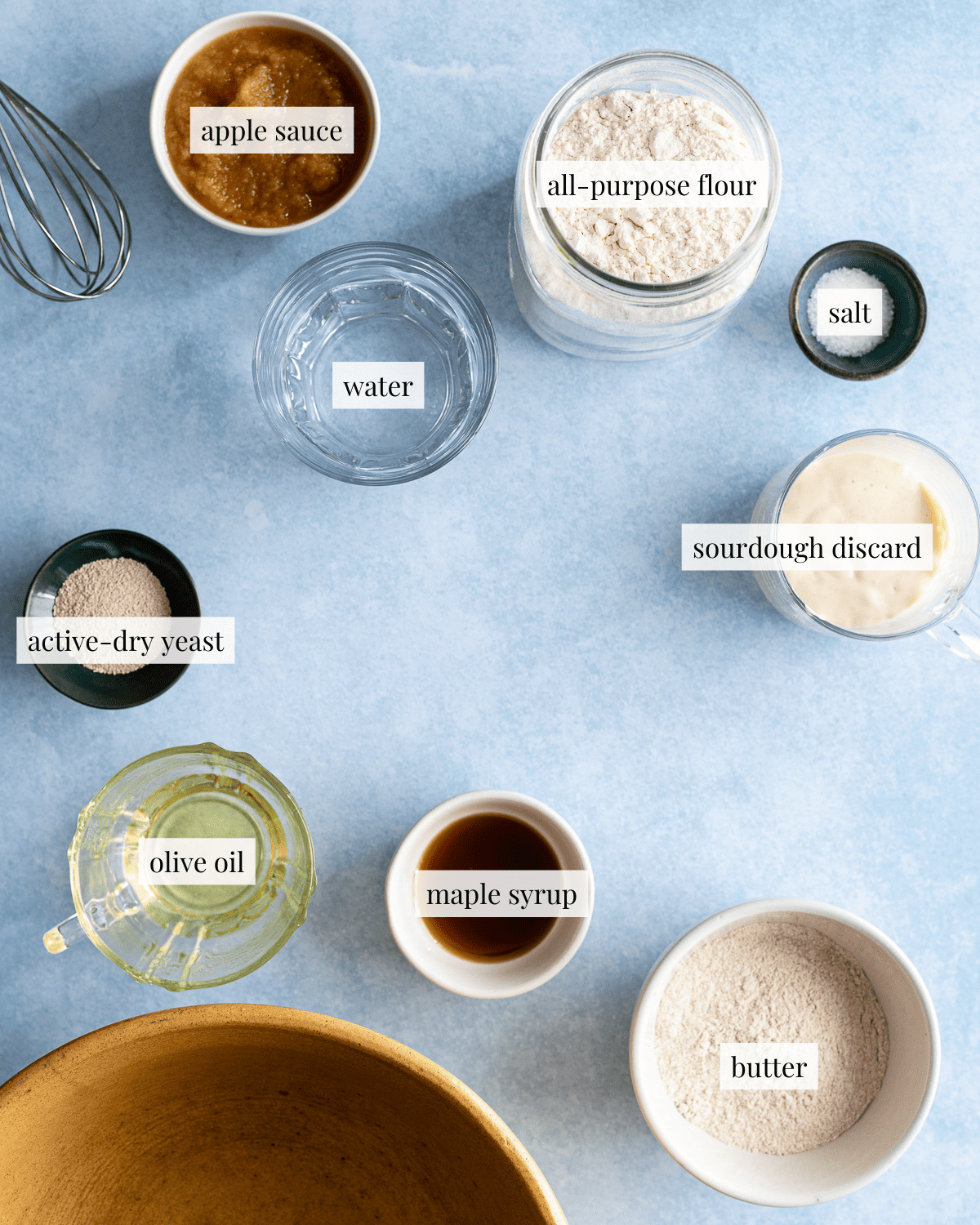
All-purpose flour: Keeps the texture of this loaf soft, light and fluffy. Don’t substitute whole wheat flour for the all-purpose flour in this recipe because it will change the texture and flavor of the loaf. If you’d like a 100% wheat bread, check out my recipe for Sourdough Discard Whole Wheat Sandwich Loaf.
Whole wheat bread: Adds a delicious nutty flavor, you can substitute spelt, rye or just use all-purpose if that’s all you have.
Sourdough discard: Both sourdough discard and active starter will work for this recipe, or simply add 56 grams of water and 56 grams of flour to your dough if you don’t have a sourdough starter.
Active-dry yeast: Both instant yeast and active-dry yeast will work for this recipe. If you use instant yeast feel free to skip the blooming step.
Maple syrup: Helps activate the yeast. White sugar, brown sugar or agave syrup would make great substitutes.
See recipe card for detailed ingredient information.
Tip
Check the expiration date on your yeast packet! Commercial yeast has an expiration date and will lose its leavening abilities after some time.
Baking with sourdough discard
This loaf is much quicker to make because the dough relies on commercial yeast as the primary leavening agent, bypassing the need for an active starter.
The addition of sourdough discard contributes a rich and nuanced flavor to the bread. As the sourdough starter is used solely for flavor enhancement, there's no need to activate it; you can use it directly from the refrigerator.
Using sourdough discard that has been in the refrigerator will impart a more tangy, intense flavor providing distinct results compared to a freshly fed starter, though both work well in this recipe.
Step-by-step instruction

STEP 1 Make the dough: Bloom the yeast in water and maple syrup (image 1). Whisk in the sourdough discard and apple sauce (image 2). Fold the flour and salt (image 3). Knead the oil into the dough (image 4).
Tip
As you knead the dough, you'll notice that it gradually becomes less greasy as the oil gets absorbed. It may take some time to fully incorporate, but eventually, the dough will feel less oily.

STEP 2 Knead the dough: Place the dough on a clean surface, then fold it in half and use the heels of your hands to push and stretch it away. Rotate the dough a quarter turn and repeat (image 5). Continue for 5 to 10 minutes until the dough is smooth and elastic. Round the dough into a tight ball (image 6).
Tip
If the dough feels too sticky, cover it with plastic wrap and let it rest for another 15 minutes before continuing to knead.

STEP 3 First proof: Return the dough into a lightly greased bowl and cover it with plastic wrap (image 7). Let the dough rise, untouched until doubled in size (image 8).
Tip
Allow the dough to rise in a warm spot, ensuring it doubles in size. A properly proofed dough will result in light and airy whole wheat flour, while inadequate proofing can lead to a dense and gummy texture.

STEP 4 Shape: Turn the dough out on a clean, lightly floured surface (image 9). Flatten it out into a rough rectangle, and fold the top two corners towards the center (image 10). Fold the tip down (image 11). Continue rolling the dough until it forms a cylinder (image 12).
Tip
If you're not used to handling dough, it's best to be gentle and use a light touch. Rough handling can break down the dough's surface, making it feel stickier.

STEP 5 Shape: Lightly drag the dough across the work surface until the top appears smooth and taut, being careful not to tear it (image 13). Place the dough into a 9 by 4-inch Pullman Pan (image 14).
Tip
You can also bake this loaf in a regular 8 by 5-inch loaf pan. Cover the pan with plastic wrap to prevent the dough from drying out.

STEP 6 Final proof: Allow the dough to rise in a warm place untouched (image 15). The dough should visibly expand in volume and feel light and airy to the touch (image 16).
Tip
If your dough tears on the top, don't panic! You can simply pinch any torn areas closed. Rest assured, your bread will still bake perfectly.

STEP 6 Bake: Brush the top of the dough with olive oil (image 17). Bake at 375 for 40 to 45 minutes (image 16).
Baker's Tips
- Weigh your ingredients: Measuring by weight is much more accurate than by volume (with tablespoons and cups).
- Sourdough discard and active starter both work for this recipe: Sourdough discard will impart a deeper flavor.
- Watch the dough not the clock: I’ll be giving time cues throughout the recipe, but since fermentation is highly dependent on temperature, this may differ based on the conditions of your kitchen.
- Be patient: Be patient and wait until your dough is bubbly and well-risen. Otherwise, your bread will be dense and gummy
- Use an instant-read thermometer: The best way to determine whether your rolls are fully baked is to probe the center of the cinnamon rolls with an instant-read thermometer. The internal temperature of your rolls should be between 180F to 190F.
Mixer Instructions
- Activate the yeast by blooming it in water and maple syrup for 15 minutes.
- Incorporate the applesauce, sourdough discard, flours, and salt into the mixture.
- Use a bread hook attachment to mix the ingredients until they form a cohesive mass.
- While the mixer is running, slowly add the oil into the bowl until it's fully absorbed into the dough.
- Once the dough pulls away from the sides of the dough, turn it out onto a work surface and knead a few times.
Make-ahead Instructions
The dough can be made 1 day in advance.
- Shape the dough according to the instructions.
- Cover the pan with plastic wrap and refrigerate the unbaked dough overnight.
- The next day, take the pan out of the refrigerator. Allow the dough to come to room temperature or rise until the dough is puffy and fills the pan.
- Bake as instructed.

Recipe FAQs
No! Apples help bind the ingredients and add both sweetness and tenderness to the bread. But it won't have a pronounced flavor.
Sourdough discard is any portion of your starter removed during the feeding process or any part not used to leaven sourdough bread. You can use it in other bakes and dishes or store it in the refrigerator.
Allow the dough to rest for 15 to 30 minutes before proceeding with kneading. Knead gently, avoiding rough handling that could break down the dough's surface, making it stickier.
If the dough remains excessively sticky, add flour gradually, don’t be tempted to add too much or your rolls may end up too tough.
There are a few reasons why your dough isn’t rising:
1. Your yeast is expired and can no longer make dough rise. If your yeast has been in your pantry for quite some time, activate it by mixing it with water and sugar first before mixing it in your dough. The mixture will look bubbly and smell yeasty if it’s still viable.
2. Your kitchen is too cold, cool temperatures will drastically slow down fermentation or the rate at which your dough rises. If your kitchen is too cold your dough will eventually rise, it may just take longer than the times cued in this recipe.
3. You used hot water and you may have killed your yeast. Water hotter than 115 F will kill yeast, if you accidentally add hot water to your yeast, start over.
Absolutely! You can skip the step that calls for activating your yeast if you use instant yeast.
You may also like
Did this recipe rise to the occasion?
★★★★★
Please leave a star rating and a comment. Your feedback helps me create more delicious sourdough recipes. I read and truly appreciate every message.
Don't forget to PIN this recipe on Pinterest to save it for later!
Thank you for your support!

Vegan Sourdough Discard Sandwich Bread
This section may contain affiliate links
Ingredients
- 7 grams active-dry yeast
- 175 grams water
- 14 grams maple syrup
- 113 grams apple sauce unsweetened
- 113 grams sourdough discard
- 400 grams all-purpose flour plus more for dusting
- 60 grams whole wheat flour
- 9 grams salt
- 42 grams olive oil plus more for brushing
Click US Customary to view volume measurements
Instructions
- Bloom the yeast: Whisk the water, maple syrup and yeast together in a large bowl. Cover the bowl and let the yeast bloom until foamy, about 15 minutes.7 grams active-dry yeast, 175 grams water, 14 grams maple syrup
- Make the dough: Stir the sourdough discard and apple sauce until fully incorporated. Fold the flours and salt until a cohesive dough forms.113 grams apple sauce, 113 grams sourdough discard, 400 grams all-purpose flour, 60 grams whole wheat flour, 9 grams salt
- Knead the dough into the oil until completely absorbed. The dough should start greasy and gradually become smoother and less sticky. Cover the bowl with plastic wrap and let the dough rest for 10 minutes.42 grams olive oil
- ** If using a stand mixer, mix the dough ingredients except for the oil. Once a cohesive dough forms, knead the dough with a dough hook and slowly stream the oil into the bowl until completely incorporated about 5 minutes.
- Strengthen the dough: Turn the dough out onto a lightly floured work surface. Knead the dough by folding it in half, then pressing and pushing with the heel of your hand. Continue this process until the dough becomes smooth and elastic, about 5 to 10 minutes.
- First rise: Round the dough into a tight ball, and transfer it to a clean, lightly oiled bowl. Spread oil on top of the dough to prevent it from drying out.
- Cover the bowl with plastic wrap and set it in a warm place until doubled in volume, about 30 to 45 minutes. This could be longer depending on the temperature of your kitchen.
- Prep: Preheat the oven to 375 F. Line a 9 by 4-inch Pullman pan (see note) with parchment paper or brush liberally with oil.
- Shape the dough: Turn the dough out on a lightly floured work surface. Flatten the dough into a rough rectangle. Fold the corners of the dough towards the center. Fold the tip towards the middle of the dough. Continue rolling the dough until it forms a cylinder.
- Gently glide the dough across the work surface until the top feels smooth and taut, taking care not to tear the surface. Transfer the dough to the prepared pan.
- Final Proof: Cover the loaf pan with plastic wrap. Let the dough rise untouched in a warm place.
- The dough should fill your pan and rise about ½ an inch above the rim, about 30 to 45 minutes. The dough should gently spring back when lightly pressed with your finger.
- Bake: Bake the dough at 375 F for 40 to 45 minutes, or until the loaf is golden brown and measures about 200 F when probed with an instant-read thermometer.
- Move the bread to a wire rack and let it cool for at least 30 minutes before slicing.
Tips
These recipes were developed and tested using grams for precise measurements. To increase your chances of success, I recommend investing in a kitchen scale. I've included rough volume estimates (in tablespoons and cups), but they might not be totally accurate.
Remember all ovens are unique, these recipes were tested in my oven which runs cooler than others. You might need to lower the temperature if your bake appears to be browning too quickly. Monitor your bake closely and make adjustments if needed.
Notes
- Make sure your yeast is not expired before baking these rolls or your dough may not rise.
- Give your dough enough time to rise, waiting until it has doubled in volume before shaping or baking. Otherwise, your bread may be dense and gummy.
- Feel free to use active sourdough starter or sourdough discard to make this recipe.
- Both instant yeast and active dry yeast will work to make this recipe.
- This loaf in an 8 by 5-inch loaf pan or make them into rolls.
- Use an instant-read thermometer to make sure your rolls are fully baked. The center of the rolls should measure between 180 F to 190 F when done.
Nutrition
I am not a nutritionist or dietitian, any nutrition information provided is an estimate.

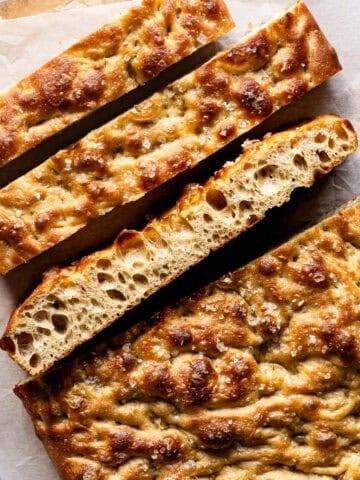
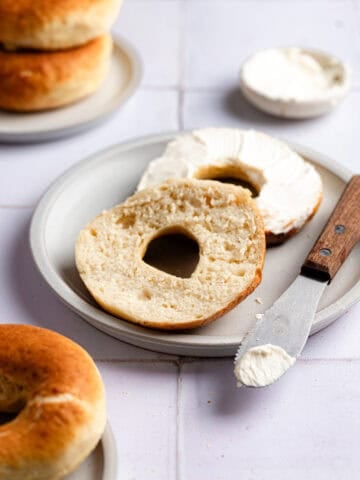
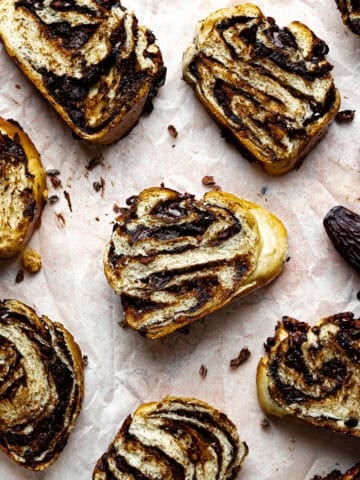

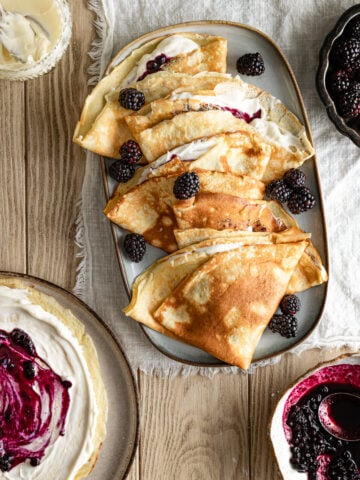
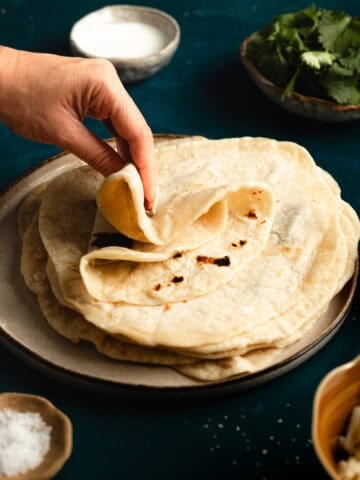
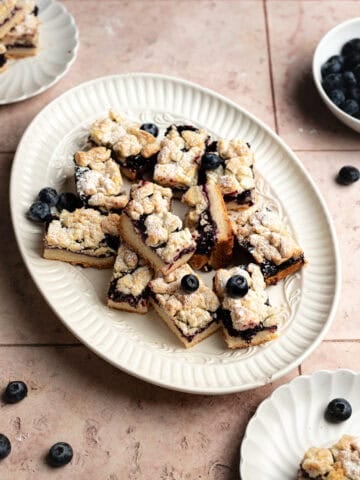

Tammy Chang says
Great recipe! I loved that this came together so easily. The flavor was delicious. I appreciate the way the recipe is written with the measurements repeated in the corresponding step.
Hannah Dela Cruz says
Thank you for trying the recipe Tammy!